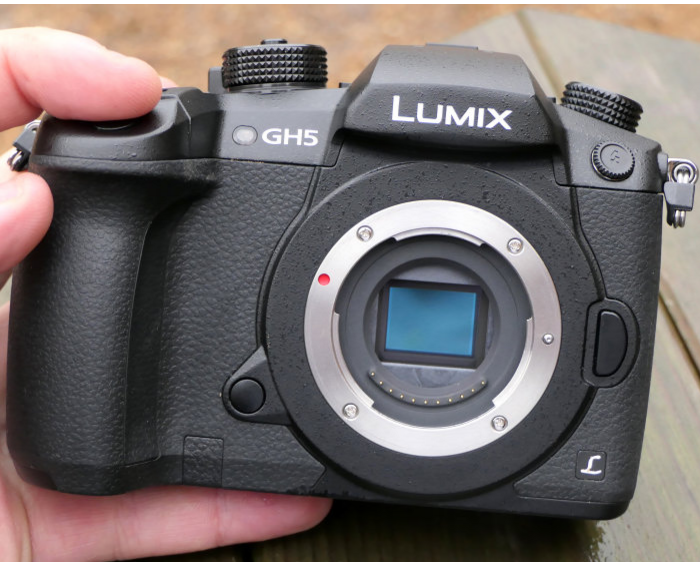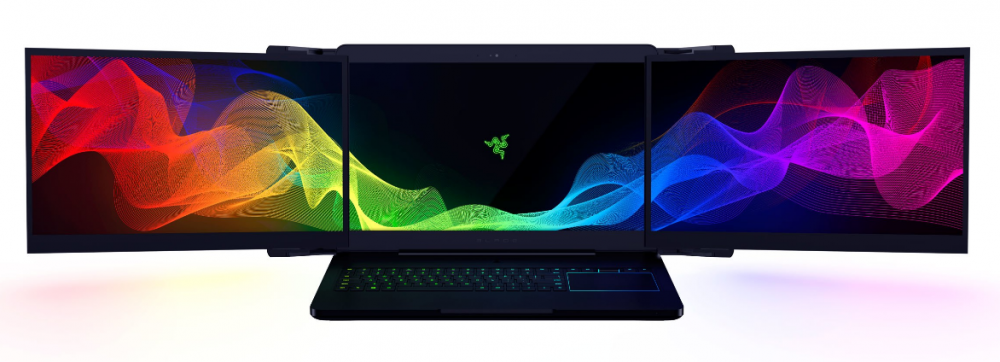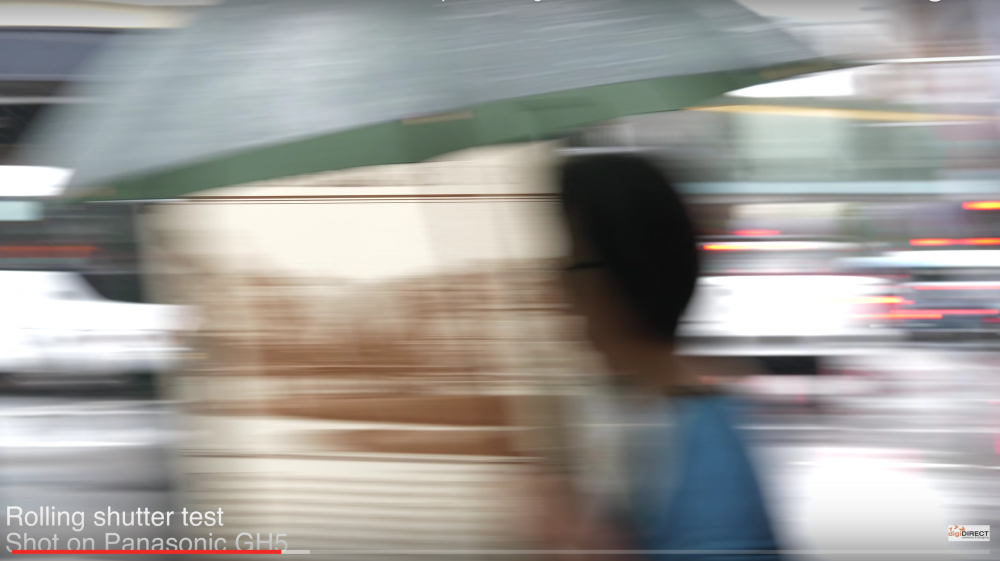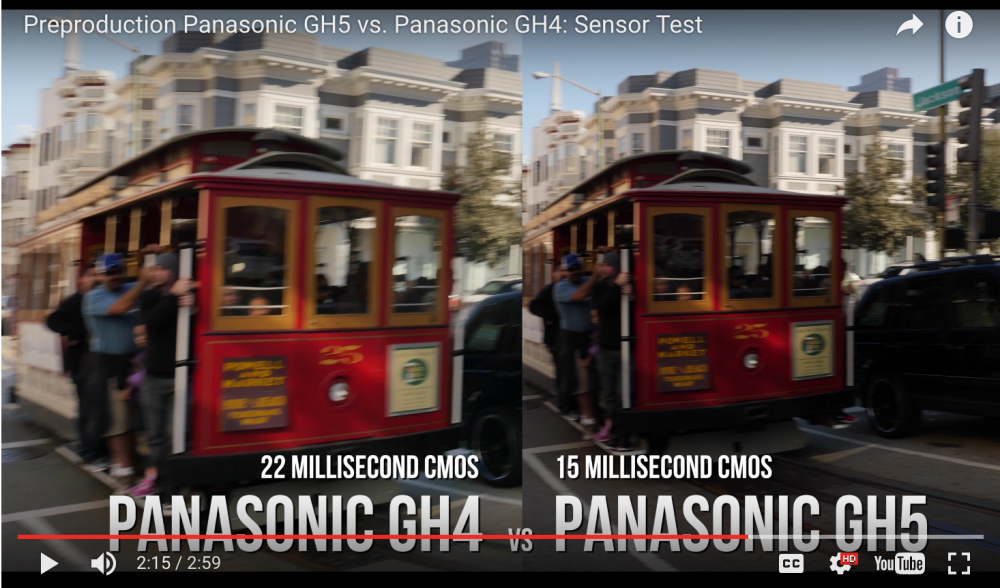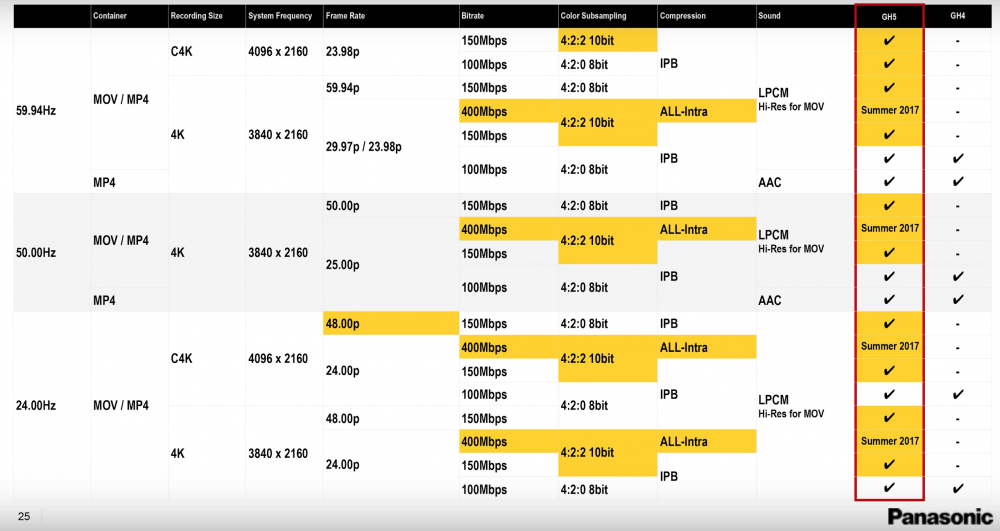-
Posts
1,600 -
Joined
-
Last visited
Content Type
Profiles
Forums
Articles
Everything posted by Don Kotlos
-

Dolby Vision said 4:4:4 ideal but depends on grading
Don Kotlos replied to Mat Mayer's topic in Cameras
I think the more limiting factor would be the much smaller colorspace of GH5 compared to the Rec2020 that is used for Dolby vision. Then the limited dynamic range and bit depth would follow (yes 10 bit for dolby vision is not enough look at their white paper) . Somewhere there I guess you should see the limitations of 4:2:2. Here is the white paper for more info: https://www.dolby.com/us/en/technologies/dolby-vision/dolby-vision-white-paper.pdf But it will be interesting to see how the Hybrid Log-Gamma fairs to VlogL. -
It does though I measured it
-
-
No, but that would be the optimal way of doing it. The implementation of noise reduction (or any other type of image processing for that matter) can unfortunately be very poor. I am not suggesting to always use internal noise reduction, but that if implemented properly it can actually give good results.
-
Arguing that Japanese are not innovative, thats a first. I would say feeling sick over where an 8K camera is produced, but hey that is just my opinion.
-
For a compressed output data stream, in principle yes. Not only because noise estimation (and thus reduction) will be better with more data, but also because the compression algorithms handle noise very badly. For example: use an original file to export one H264 without any noise and one with noise applied at the same bitrate. Second file will look far worse. Now that is not always the case. Denoising algorithms do depend on processing power and improve over time. So with RAW files or files with little compression, in post you can get much better results that in camera. In that case internal reduction of sensor specific noise (such as hot pixels/ hue casts/ QE inhomogeneity/ non-bayer sensor design, etc) is a matter of convenience.
-
That would be true if you had access to the same digital data but especially in consumer cameras you get a heavily processed version of the original. There are plenty of engineering articles but this answer at stackexchange provides a nice summary: http://photo.stackexchange.com/questions/27318/how-does-in-camera-noise-reduction-compare-to-software-one
-
Every RAW output has some kind of preprocessing. The same way that hot pixels are specific to the sensor and are remapped in camera, noise can have a pattern that is sensor-specific and then is preferable to have it done in camera than having to do it every single time in post. Moreover if the camera doesn't record high bit depth RAW video, then you will get much better results doing in camera than in post. Now, of course if overdone then it will look like shit and if you don't have the RAW output you can't do anything about it in post I would use "mislead" instead but I get the point. For example Fuji's claims about having FF noise levels with Xtrans rely on 1.Noise reduction even in RAW files 2.Having different ISO standards than anyone else, so ISO 6400 is more like 3200 and 3.More green photodetectors. Great colors though! Size is a major part of the cost, but pixel density, custom design, and production volume play a big role as well. Also these are exponentially increasing costs so its hard to estimate the real cost of such a sensor based on just the size.
-

New information regarding H.265 on the Panasonic GH5
Don Kotlos replied to Andrew Reid's topic in Cameras
From the info that Panasonic has in these charts, it looks like 48p will be just 150mbps 4:2:0 8bit IPB. H265 in the examples that you posted is 2% of the original H264 file size, and at these rates of course you are going to loose some detail compared to the original. The quality also depends on the implementation of each codec. The BBC R&D video coding research team wrote a paper on this and concluded: "It can therefore be concluded that the HEVC standard is able to deliver the same subjective quality as AVC, while on average (and in the vast majority of typical sequences) requiring only half or even less than half of the bit rate used by AVC. This means that the initial objective of the HEVC development (substantial improvement in compression compared with the previous state of the art) has been successfully achieved." Also, H265 can have an intra frame version the same way H264 has From Wikipedia: "The maximum bit rate of the profile is based on the combination of bit depth, chroma sampling, and the type of profile. For bit depth the maximum bit rate increases by 1.5× for 12-bit profiles and 2× for 16-bit profiles. For chroma sampling the maximum bit rate increases by 1.5× for 4:2:2 profiles and 2× for 4:4:4 profiles. For the Intra profiles the maximum bit rate increases by 2×" And in the original H265 standards look for the "general_intra_constraint_flag". -
http://menexmachina.blogspot.com/2018/07/lightroom-skin-tones.html
-
I think I saw Ebrahim with a 5DmkIV trying to film Donald, only to realize that Canon tricked him with a disguised 7D from 2009. On the bright side, online streaming is the future and that couldn't be better for independent filmmakers.
-
Hm, hard to see without the control 1x setting but it's great if true and different than A7rii. When I tested it with A7rii rolling shutter was the same when clear zoom was used:
-
-
Yep, a FHD 10bit 4:2:2 high-bitrate low-rolling shutter with IBIS even at 3X crop would be appreciated. Think of all the nice c-mount lenses that we could use...
-
The 10bit files are with an H265 codec, correct?
-
I don't know kaylee, but if I had to edit large projects at remote locations I could see myself using this monster:
-
Anyone interested for the new lenses? I cannot decide between the 12-35 2.8 ii and the 12-60 2.8-4. The advantages for 12-35 would be constant aperture (for <f/4 so not a big deal) and compact size, whereas the 12-60 gives you a very useful range. It would be great if we had information on the AF speed between the two during video and how nice the fly-by-wire MF works. Also there should be a kit with the 12-60 for $2600 ($400 discount) but I cannot find it anywhere.
-
Yep, I also totally miscalculated that one and regret it ever since.
-
"In addition the camera also has a much faster readout of the sensor. In 4K video the sensor read speed is claimed to be 15ms, versus 22ms on the GH4." source And an example: Another example from the video that was posted by the @thecaptiveman: Its definitely an improvement but not as good as the E-M1ii and really far away from a global sensor...
-
You have to watch the interview at newsshooter for that. If you watch the interview, you will see that this can be done. Did you miss the 400mbps that is coming in summer ? Its going to be close to the quality of either ProResHQ or DNxHR. On the contrary, I am glad that they removed it. Camera looks better, and on board flash gives poor results anyways. Its only useful with Nikon bodies that can act as a wireless trigger.
-
-
Yes we have seen some polished videos, but we need your personal deciphered view...
-
Yes. Here is one example. If you look around you will find plenty of cases with broken articulating screens. This is not specific to Panasonic cameras, I just consider the hinge of an articulating screen the weakest point of a camera.
-
Well IBIS cameras existed since 2012 and I haven't really seen any reports on IBIS failing. I also thought that professional environment is harsher for equipment, but the last few years I have started to doubt it. A small browsing of YT videos should convince you The articulating screen is more of a reliability concern for me



